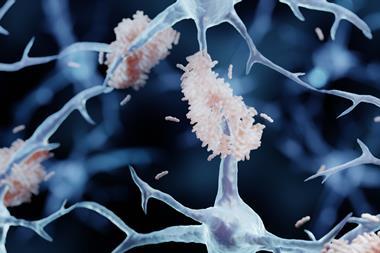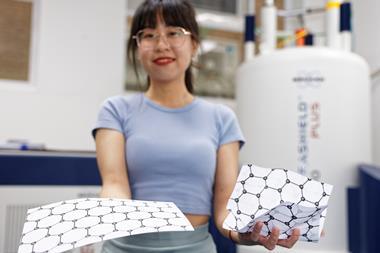Questions about ultraviscous water remain after new information emerges
The fierce debate over the nature of water at low temperatures might have been resolved.
There is still a lot that we don’t know about water, and many scientists continue to study the properties of this most common of molecules. In a ground-breaking paper in 1991, Gyan Johari from McMaster University, Canada, reported that water at 136K exists as an ultraviscous liquid. The properties of this liquid are bizarre: Johari found that it had the consistency of soft toffee, and could be deformed and shaped like a glass object.
Johari’s original results, obtained jointly with Erwin Mayer and Andreas Hallbrucker of Universit?t Innsbruck, Austria, were hotly disputed by some. Over the past decade, Austen Angell from Arizona State University, US, and others have reported in a number of papers that water remains a rigid solid up to temperatures as high as 165K.
The precise temperature of the transition is important as it gives an upper temperature limit for storing biological materials. Above this temperature, tissue risks damage from the water crystallising to the bulkier cubic ice phase.
In a new development, Johari has tried to settle the argument by using dielectric loss scans to determine the relaxation time of water, from which he could derive the viscosity using well-established mathematical relations. His measurements have confirmed his earlier results that water is ultraviscous at 136K. Johari jubilantly states: ’The measurement of water’s relaxation time at 136K has resolved the issue!’
One expert on water, who wished to remain anonymous, thinks the argument might now be over, commenting, ’the analysis is sound and the result should be valid’.
Angell may take a bit more persuading, however. Describing himself as ’highly unimpressed’ by aspects of the work, he points out that the equations of dielectric behavior used were ’established by reference to the behaviour of substances that are not water’. Calling for further experiments, Angell adds ’there are sure to be more twists to the story’.
Philip Earis
References
<MAN>b500640f</MAN>









No comments yet